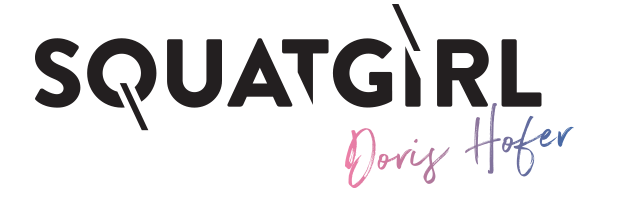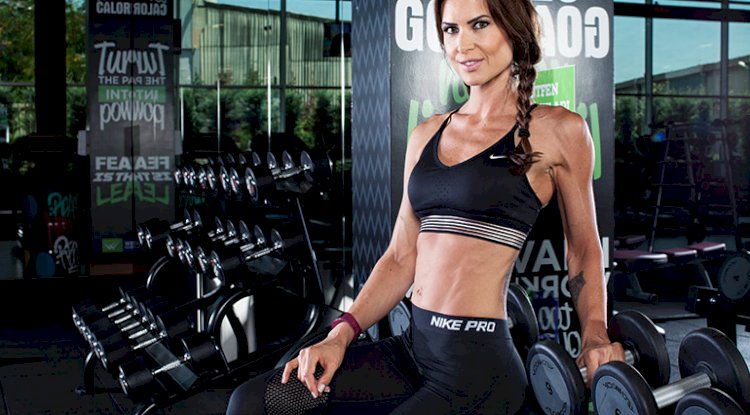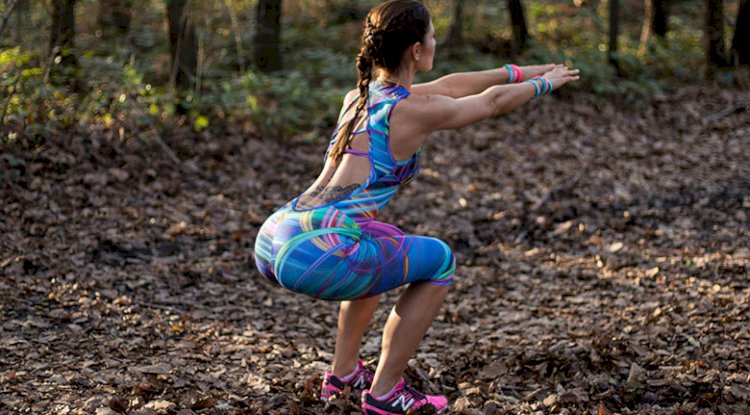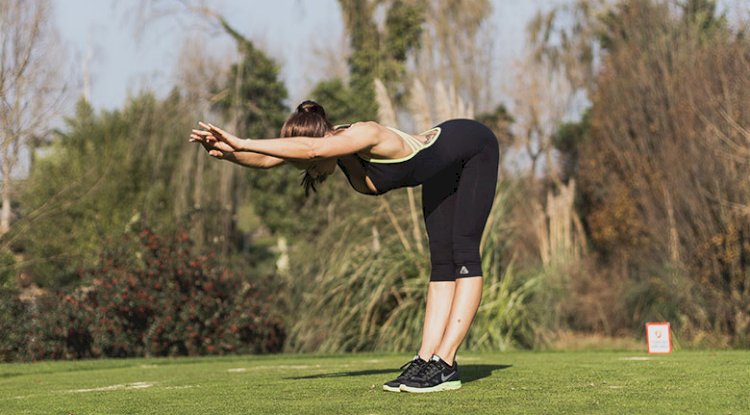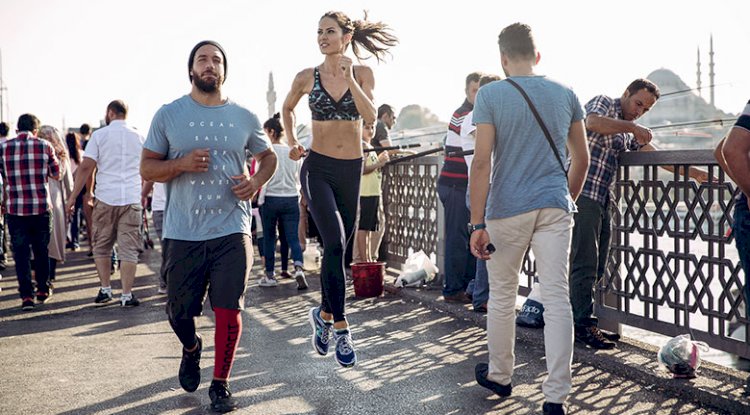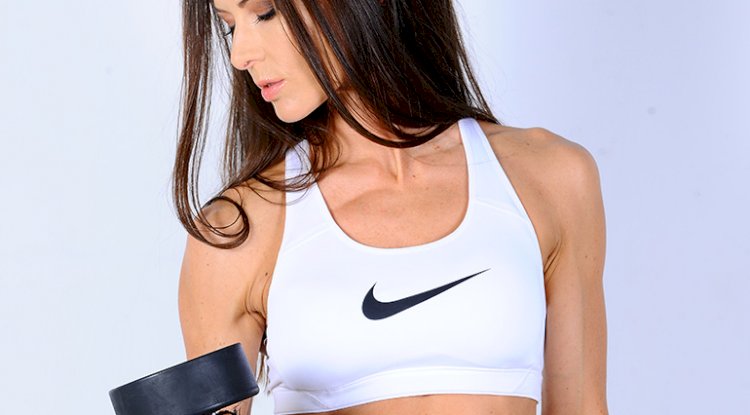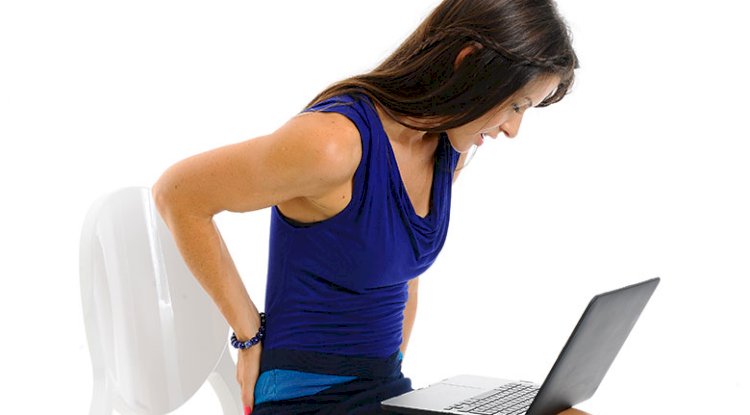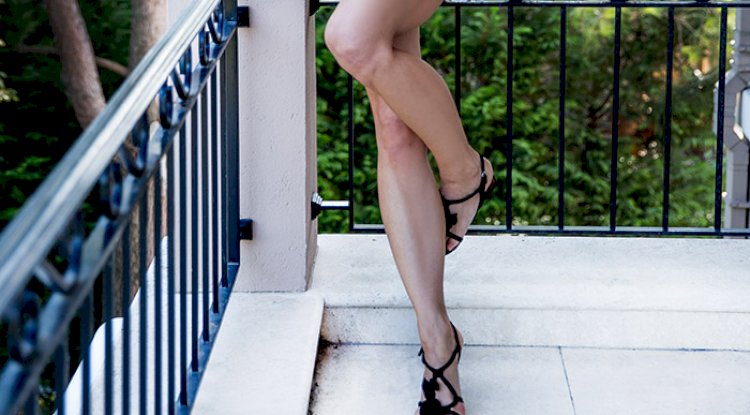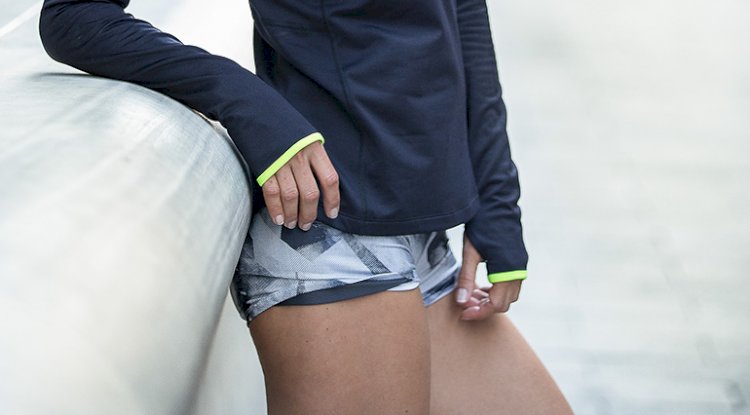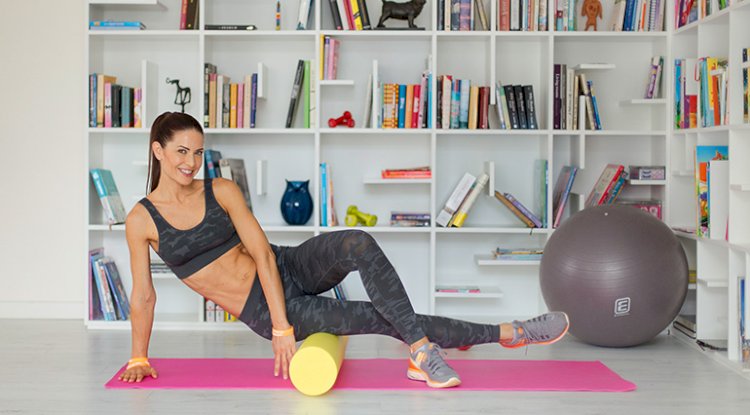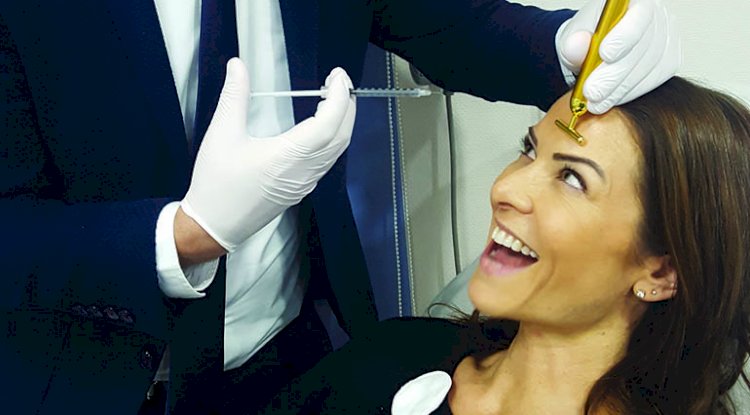How to improve your Squat
If you do your squats right, you want have knee or back pain and a nice firm butt instead.
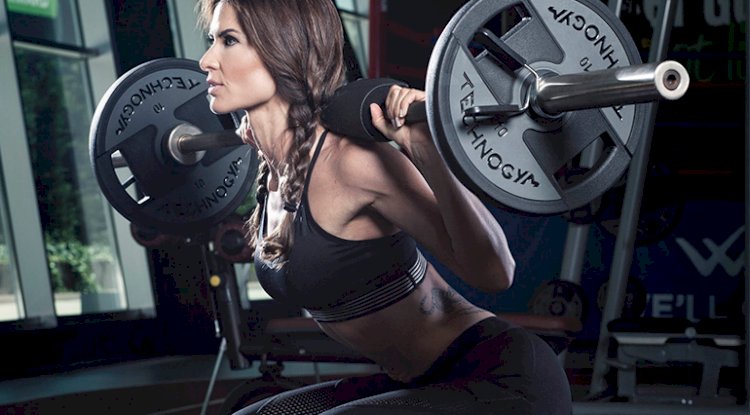
1 – Squat twice a Week
Squatting two times a week allows you to go for two heavy sessions if you separate them by 48 hours at least so that your muscles have time to recover fully. You could for example squat on Monday and Thursday. Make sure you vary your squats in order to challenge your body. My leg days could look like this:
Monday:
3×12 reps Barbell Squat with 30 kg (plus barbell)
3×12 reps Split Lunge with Barbell 20 kg (plus barbell)
3×12 reps Adductors 95 kg
1×12 reps Abductors 95 kg, 1×12 reps 85 kg, 1×12 reps 75 kg
1×12 reps Legcurls 45 kg, 1×12 reps 35 kg, 1×12 reps 35 kg
Thursday:
3×12 reps Sumo Squats with 35 kg
3×12 reps Kettlebell Swings with 10 kg
3×12 reps Deadlift 30 kg (plus bar)
3×12 reps Leg Press (40 kg plus press)
3×12 reps Lunge with 16 kg Bulgarian Bag
2 – Squat deeper
Ass to grass is key for so many athletes but it’s definitely nothing for beginners. You need to build the perfect technique and absolute strength before squatting lower than 90 degrees. I started deep squats only recently and I do them with less weight (30 kg) than I do the normal ones (40 kg). I also stay in the rack for security reasons. I love deep squatting because it works my legs and butt even more but it is really not worth it if you cannot maintain your position due to lack of core control or weak legs. Against common belief, deep squatting actually puts less stress on your knees than normal squatting but as I said, it may be dangerous if you are not a squat pro.
3 – Rack at the right Height
Step up to the bar, facing it. The bar should be on your shoulder level. Step under the bar and grip it. Your hands should be about two fists away from your ears, your thumbs wrapped around the bar from underneath, your fingers from the top. You need to be able to comfortably stand up and lift the bar from the rack. Tighten your glutes and core, make sure you place the bar on your rear deltoids and not your neck. Take a little step back when you lift the bar. Adjust your position, your feet are shoulder width apart and your toes look straight.
4 – Find your Speed
You need to find the combination of speed, control and tightness which works out best for you. My personal preference is to maintain a continuous speed when descending, pausing at the bottom just for an instant and pushing back up at the same speed. I feel that when I do a squat fast, it gets easier for me. This is why I prefer to do the movement at a moderate speed with a load that lets me finish the last two repetitions with a huge effort only. An alternative would be to add more weights, do less repetitions and increase the speed. But I don’t want to risk my security and I suggest you don’t neither.
5 – Control the Basics
Squeeze your glutes and tighten your lats and core before you get under the bar in the rack. Place your feet slightly further than shoulder width apart, the wider your feet stand is, the more you work your butt and the easier it is to hold your stand. Keep your chest out and shoulders back, fix a point at the wall across and never cease to look at it. Concentrate, lift the bar from the rack with a firm grip and take a step back. Now start descending while pushing your hips back. It should feel like you are sitting on a chair behind you. Your spine needs to be in neutral position and you have to make sure your knees are in line with your feet. Try to keep your knees from going out past your toes. After you have descended to the point where your hamstrings are parallel with the floor, return into starting position immediately while pushing trough your heels. You need to exhale when coming up and inhale when lowering your body to the floor. Take 2 deep breaths before you do the next repetition.
